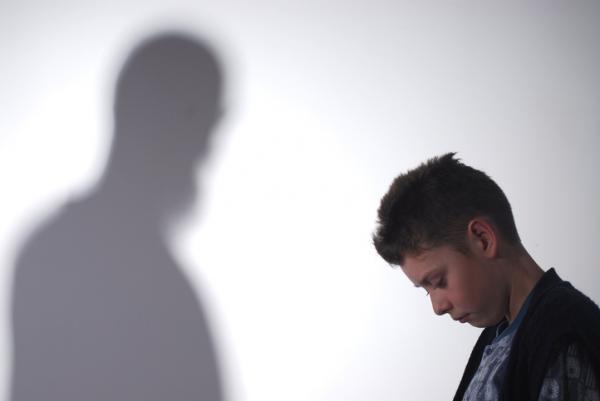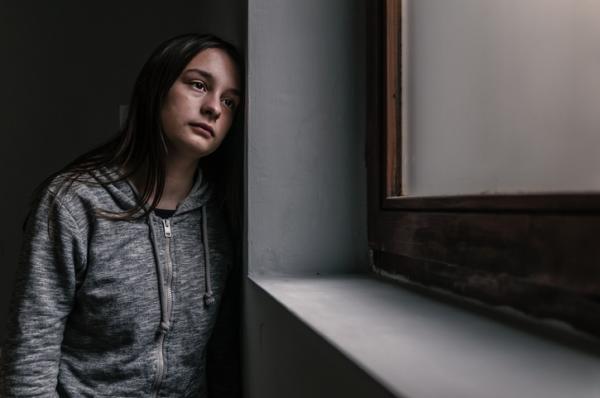One of the many negative effects of child sexual exploitation is trauma bonding, the deep bond which can develop between a victim and their abuser. A trauma bond can develop for all sorts of reasons and can cause huge damage to a child’s health and well-being.
It’s very important foster carers are introduced to trauma bonding, so they understand the effect it can have on children and young people in their care, and what they can do themselves. Here, we look at the definition of trauma bonding, why it happens, common signs and symptoms, and ways to break the cycle of trauma bonding so children are given the best possible chance of long-term recovery.

Trauma bond is the connection formed between a victim and their abuser(s), often built during long-term abuse. Victims can develop a deep sense of loyalty towards their abuser, which can feel like genuine love and affection.
While people of all ages can experience trauma bonding following a period of abuse, children and young people are perhaps most at risk. This is because affection is one of the basic needs of childhood, and children crave the attention of those they see as dependable from an early age – even if that person is abusive, dangerous or not consistently available.
Children are perhaps most likely to develop a trauma bond when exposed to sexual exploitation and targeted grooming. Sometimes, they may never have experienced physical intimacy, and grooming tactics can lead them to believe that their abuser has genuine feelings for them, and that their behaviour is normal.
In many instances, the psychological impact of trauma bond can be more harmful than the abuse itself, with children finding it difficult to come to terms with what is happening.

Trauma bond can happen for lots of different reasons, and behaviours which most people would find shocking can lead to a bond between a victim and their abuser. Some of the conditions which can cause trauma bonding to occur include:
Leading children’s safety charity PACE features lots of guides and resources we’d recommend. According to PACE, trauma bonding happens because of how people deal with dangerous situations.
Sometimes, our brains don’t react logically to threats, focusing on short-term survival rather than long-term repercussions. So, when a child is exposed to abuse, their reaction is often to survive rather than escape.
This can lead to a cycle where they become passive to their abuse and may begin to see it as normal behaviour. They may also develop feelings of attachment and dependence, which are often the precursors of a trauma bond.
While it can be really difficult to understand and accept why a child would develop a bond with their abuser, it’s important to remember that this is not their choice. It is a genuine psychological attachment which can take years to overcome.

As you might expect, the negative repercussions of trauma bond can be very serious and often long-term, and many victims find it difficult to overcome. Abusers often use very clever grooming tactics to slowly break down their victim, resulting in long-term psychological problems.
Here are some of the common signs, symptoms and repercussions associated with trauma bonding:
Depending on the depth of the connection, the repercussions of trauma bond can stay with a victim for many years, if not their whole life. Some victims try to re-bond with their abuser after what has happened to them is exposed. This makes it important that they’re given the right support to help them break the cycle and distance themselves from their abuser.

There’s no one-size-fits-all solution to helping a young person overcome a trauma bond, and the circumstances of the abuse can make family relationships really difficult. Often, children are groomed to believe that members of their family are the real abusers, or that they don’t love or care for them the way their abuser does. This can create a challenging home environment after the abuse has been exposed, but there are things you can do to help your child overcome a trauma bond more quickly.
Here are some of the ways to help break the cycle of trauma bonding:
Dealing with the aftermath of a trauma bond can be incredibly challenging and upsetting. As a foster carer, it’s important to remember you’re not alone – you have the support of your local professional team, and access to excellent ongoing training.
We also recommend PACE, NWG, and Thinkuknow for advice on child sexual exploitation and how you can help your child.